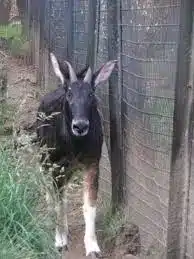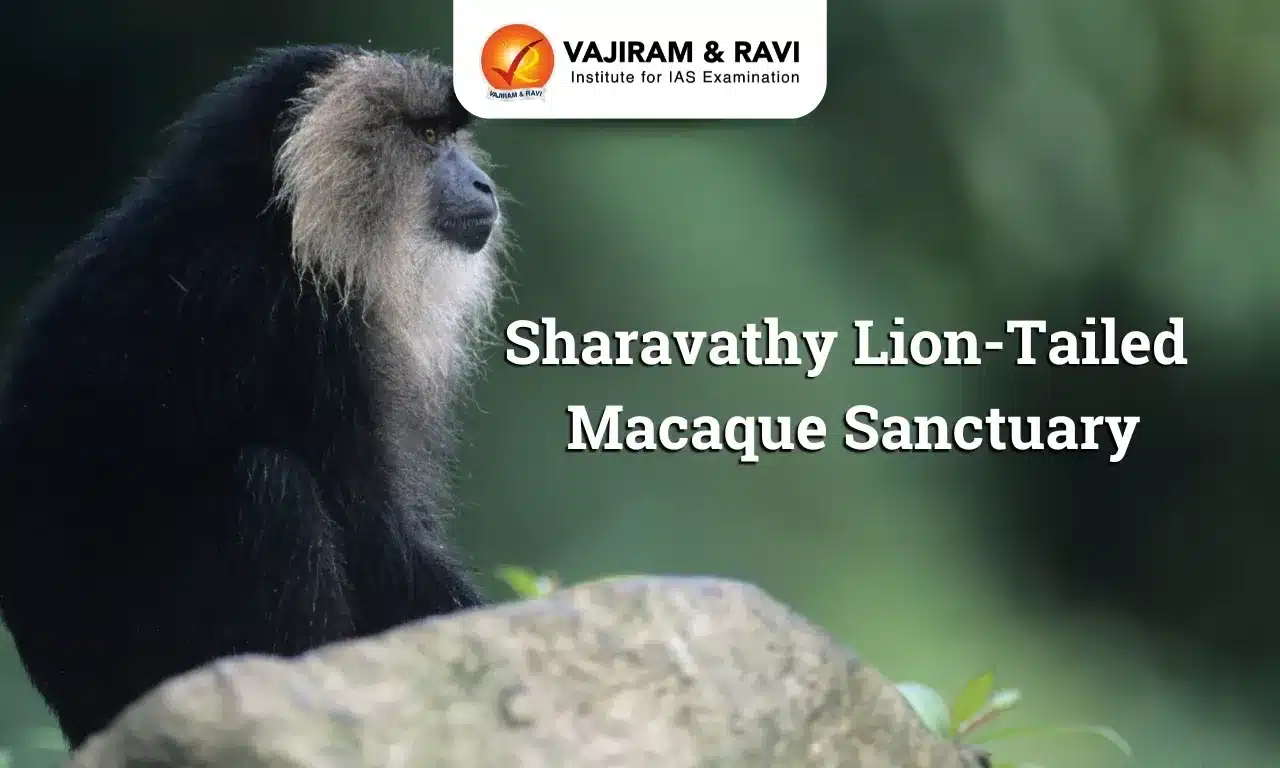About Himalayan serow:
- It resembles a cross between a goat, a donkey, a cow, and a pig.
- Types
- There are several species of serows, and all of them are found in Asia.
- The Himalayan serow, or Capricornis sumatraensis thar, is restricted to the Himalayan region. Taxonomically, it is a subspecies of the mainland serow (Capricornis sumatraensis).
- Diet: These are herbivore species.
- Distribution: These are typically found at altitudes between 2,000 metres and 4,000 metres (6,500 to 13,000 feet). They are known to be found in eastern, central, and western Himalayas, but not in the Trans Himalayan region.
- Conservation Status:
- IUCN Red List: Vulnerable
- CITES: Appendix I
- The Wildlife Protection Act, 1972: Schedule I
Key facts about Nameri Tiger Reserve
- It is situated in the northern part of the Sonitpur district of Assam, along the foothills of Arunachal Pradesh.
- The Nameri National Park constitutes the core of NTR, which is bound by rivers, viz. Jia-Bhoreli in the west and Bor-Dikorai in the east.
- The Pakke Tiger Reserve of Arunachal Pradesh is in the North and the habitat is contiguous.
- Flora: It is made up of tropical evergreen, semi-evergreen, moist deciduous forests with cane brakes and narrow strips of open grassland along rivers.
- Fauna:
- The habitat is biologically rich and is famous for the white winged wood duck,
- Even Leopard cat, common otter, Black giant squirrel, Indian mongoose, Large clawed shrew, Indian flying fox, slow loris, Assameese macaque, Rhesus macaque are also found here.
Q1: What is Project Tiger?
Project Tiger is a tiger conservation programme (a Centrally Sponsored Scheme of the MoEF&CC) launched in 1973 by the Government of India and administered by the National Tiger Conservation Authority (NTCA).
Source: Himalayan serow spotted in Nameri
Last updated on June, 2025
→ UPSC Notification 2025 was released on 22nd January 2025.
→ UPSC Prelims Result 2025 is out now for the CSE held on 25 May 2025.
→ UPSC Prelims Question Paper 2025 and Unofficial Prelims Answer Key 2025 are available now.
→ UPSC Calendar 2026 is released on 15th May, 2025.
→ The UPSC Vacancy 2025 were released 1129, out of which 979 were for UPSC CSE and remaining 150 are for UPSC IFoS.
→ UPSC Mains 2025 will be conducted on 22nd August 2025.
→ UPSC Prelims 2026 will be conducted on 24th May, 2026 & UPSC Mains 2026 will be conducted on 21st August 2026.
→ The UPSC Selection Process is of 3 stages-Prelims, Mains and Interview.
→ UPSC Result 2024 is released with latest UPSC Marksheet 2024. Check Now!
→ UPSC Toppers List 2024 is released now. Shakti Dubey is UPSC AIR 1 2024 Topper.
→ Also check Best IAS Coaching in Delhi
























